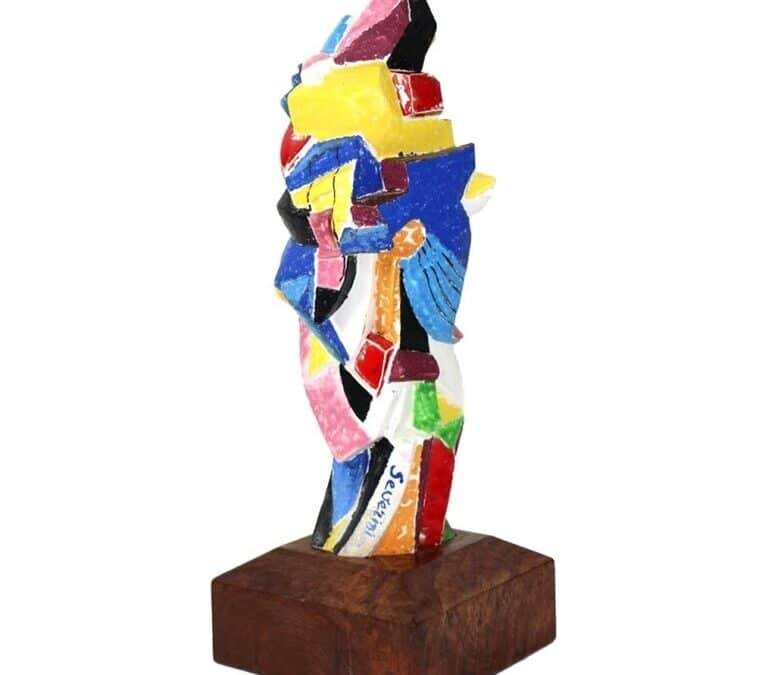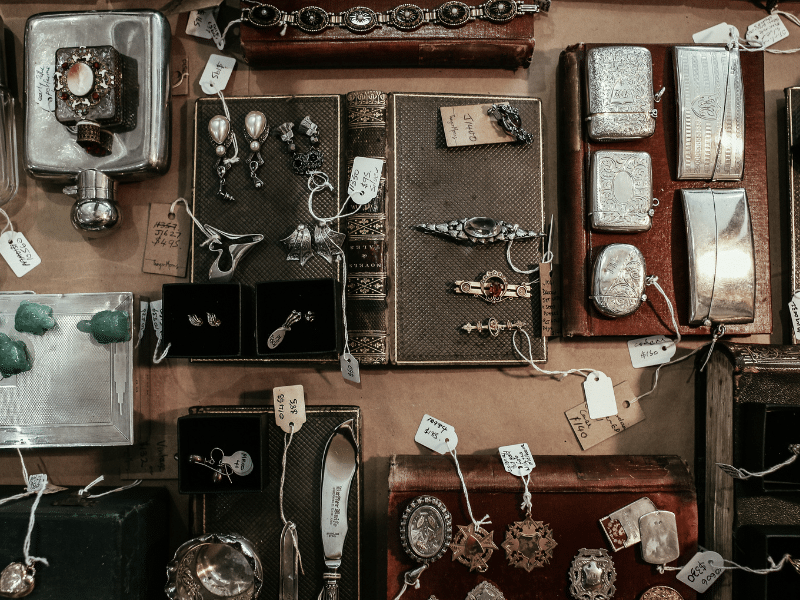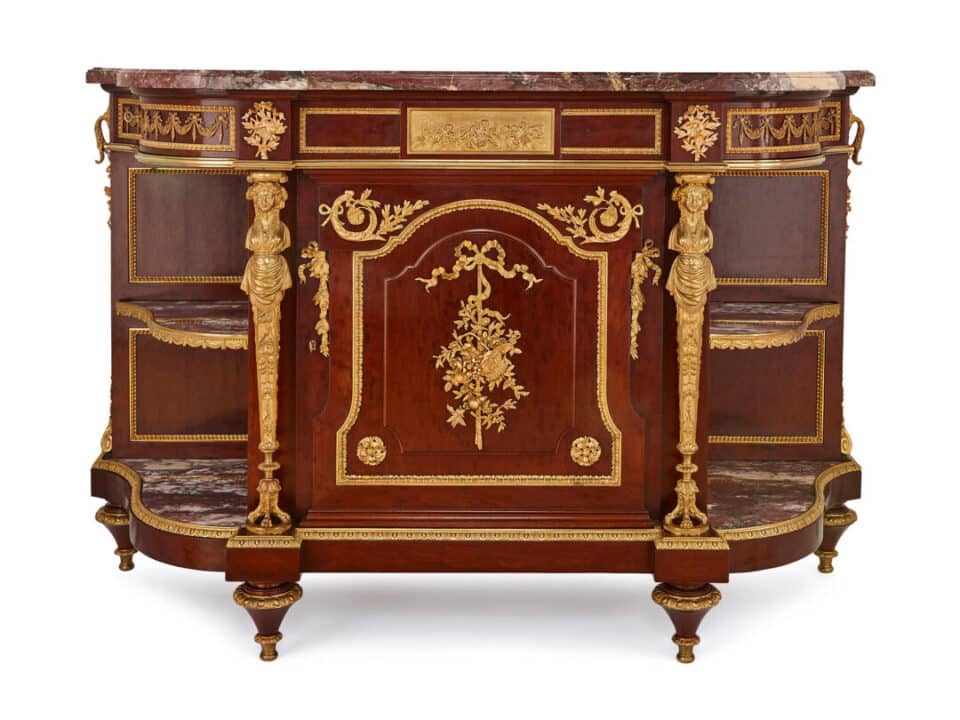Perhaps some of the most influential and talented artwork to come out of Cortona, Italy was done by one of the leading Futurist artists of the century, Gino Severini. Born in the 1880s, Severini’s legacy was cemented in the Futurism and neo-classical movements, as well as mosaic and fresco mediums.
To this day, Gino Severini’s art and sculptures remain prominent in many different auction houses thanks to his originality and contributions to the overall world of art after World War I. But how did he become the world-renowned artist we all know of today? Follow along with Joshua Kodner to learn more about the great Gino Severini.
Humble Beginnings
As a child, Gino Severini was a product of poverty. He only attended school until the age of fifteen, when he was expelled for cheating and stealing. After this, he moved with his mother in 1899 to Rome, where he worked as a shipping clerk. It was in Rome where he met Umberto Boccioni, an influential painter, and sculptor who then introduced him to Giacomo Balla, a painter, teacher, and poet, to progress their talents.
Balla introduced the pair to Divisionism, an artistic style where colors are separated and not mixed together. Severini’s love of art caught the attention of a Cortonese patron, who paid for Severini to attend art school for two years as he began to develop his unique type of style of art that was avant-garde. It was this deviation from the normal and from the order that ended his patronage and art education and led him to a new city.
Check out our Gino Severini Arlecchino Ceramic
The Futurism Movement
In 1906, Severini moved to Paris, where he met many prominent avant-garde artists of the time. He was invited by Boccioni to meet poet Filippo Tommaso Marinetti and become part of a growing movement Marinetti founded called Futurism. Together, along with numerous artists and creators, they created the Manifesto of the Futurist Painters in 1910 that spoke of the Futurism movement and their beliefs.
In short, Futurism sought to regenerate the Italian art scene by emphasizing machines, technology, and originality over tradition and the past. In terms of artistic style, Futurism was deeply influenced by Balla’s teachings of Divisionism. Severini made several Futurist paintings and frescos, such as Dynamic Hieroglyph of the Bal Tabarin (1912) and Armoured Train (1915), and chose to depict dancers instead of machines as metaphors for energy.
Visit our fine decorative arts page to see the beautiful pieces we have for sale
To Crystal Cubism And Return To Order
After the end of the first World War, Severini ditched Futurism and changed up his artistic style. For a few years, he painted in Crystal Cubism, a type of Cubism that focuses on geometric planes and flat surfaces; after 1920, Severini returns back to order, painting more murals, as well as fresco and mosaics. Although Severini’s style evolved throughout his life, his talent and artistic genius still shine bright.
Purchasing A Piece Of Severini
It’s no doubt that Gino Severini deeply impacted the world of abstract art in the early 20th century. By the end of Severini’s life, he had been commissioned for numerous projects, held multiple exhibitions around the world, and won art awards for his work. Rare pieces of Gino Severini’s artwork are still available to purchase at certain auction houses, like Joshua Kodner. No auction house has more experience, knowledge, and understanding of antiques and art than Joshua Kodner. To explore Severini’s artwork or browse unbeatable collections on our website. Contact us for information and be sure to check out our blog for the latest news and industry updates.





